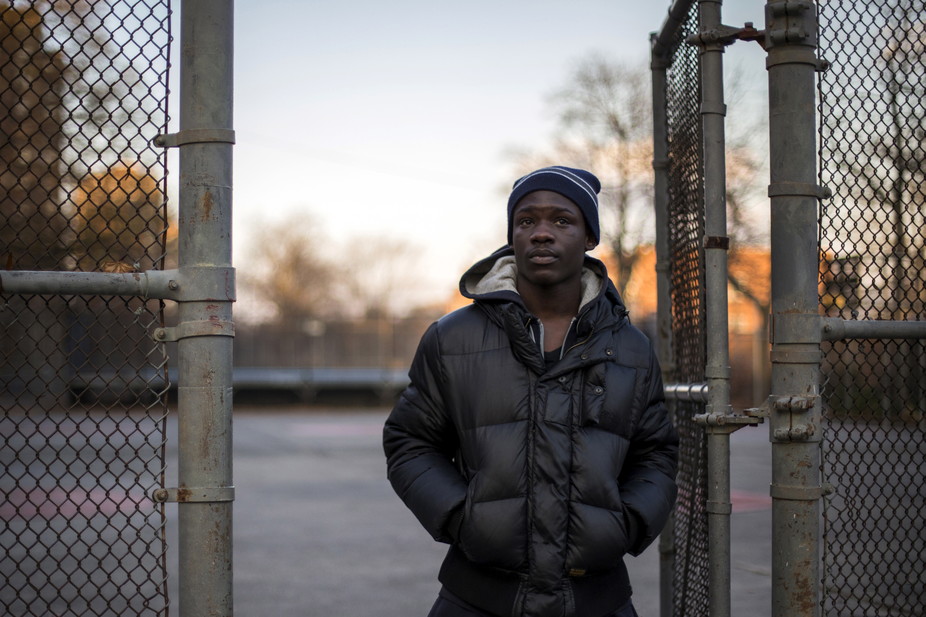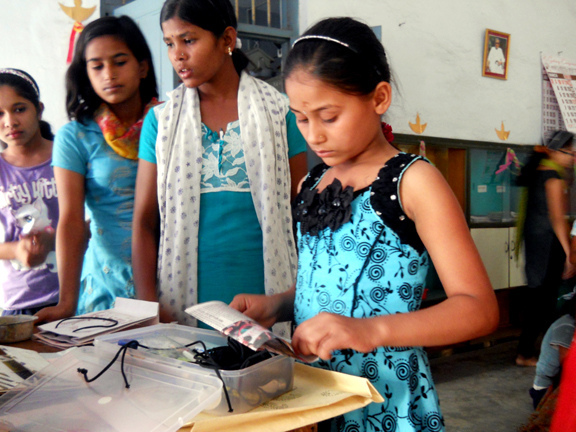**The Edvocate is pleased to publish guest posts as way to fuel important conversations surrounding P-20 education in America. The opinions contained within guest posts are those of the authors and do not necessarily reflect the official opinion of The Edvocate or Dr. Matthew Lynch.** A guest post by Beth Ellor “I believe the purpose of public schools is to educate not exclude children and to help identify and meet child needs, not make children serve adult convenience, self interest, and systems.” So begins the article published in the 9/26/14 Newsletter of the Children’s Defense Fund, written by Marian Wright Edelman. Please …
Continue reading “Decriminalizing the Classroom: School climate Bill of Rights”






